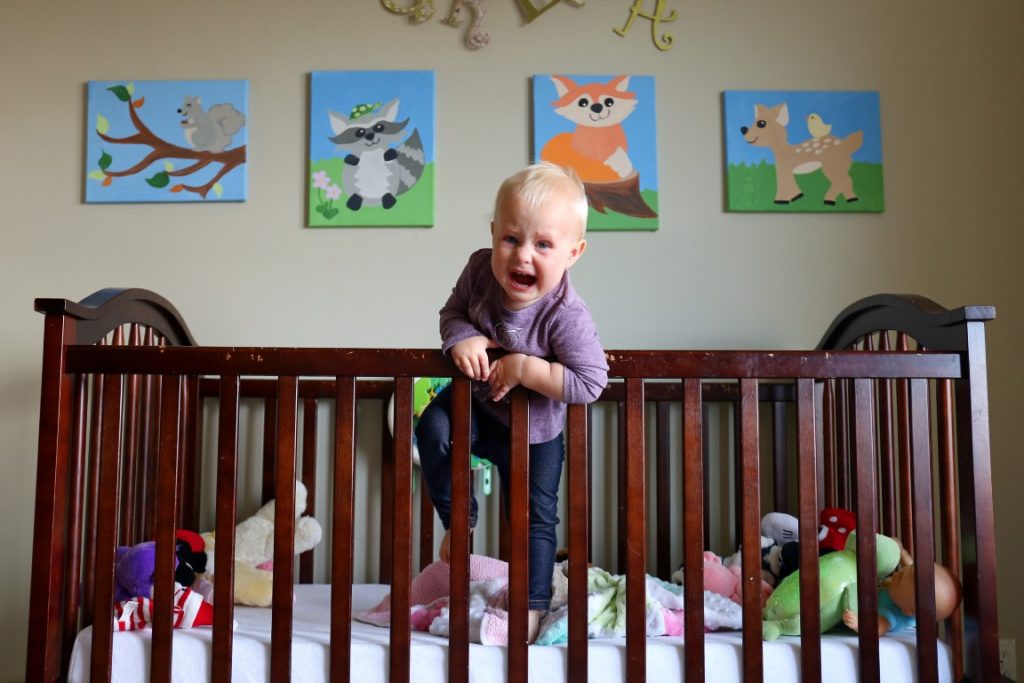You’ve officially dropped the nap or at the very least, thinking about it. We are going to discuss how to introduce quiet time to your toddler now that the time has come. You’ve blinked and your previously napping toddler is continuing to grow and learn right before your eyes. In other words, that once beloved time to yourself, you fear, will disappear right with it. However, it does not have to be that way. Let’s talk about what quiet time is, how to implement it along with different ideas.
What is quiet time?
During the day your toddler is constantly moving going from toys to activities to sounds and the list goes on and on. Quiet time is a consistent time during the day where your toddler is free from stimulating toys and activities. It is designed to give your toddler an opportunity to reset as well as some well-deserved alone time. This can take place most commonly in your child’s bedroom or a communal room. It replaces the once midday nap which never settles well with a parent, but let’s dive in to make the matter less daunting.

Why is it important?
Quiet time with your toddler replaces your their nap but similarly recharges them in a different way. You know the feeling of needing to take an electronic detox? In a very similar way, toddlers need to wind down on daily basis. Imagine you have an hour or two to do whatever you need to recharge yourself. Do you want to meal prep, take a ride on your peloton or just sit and scroll insta? This provides carved out time for you as well as your toddler.
How to implement quiet time?
Prepare, start small and consistency, consistency, consistency. Firstly, before starting anything new, I’m sure you’ve learned that talking about things with toddlers & young children helps tremendously. Talk about quiet time with your little one. I would suggest doing quiet time for 15 minutes the first day. Eventually, you can work your way up to 2 hours, but an abrupt change from “nap” (using this term loosely here because they probably are not napping) directly to 2 hour quiet time will set you up for failure. This blog post is here to help implement a successful transition to quiet time and starting small has seen the best return. Utilizing the same routine you normally would do for naptime for quiet time can be very helpful. Brush teeth, potty and 2 books (or whatever your normal routine is) can help shift their mind to know what comes next.
What are expectations?
Set expectations for your toddler. Decide yourself how many times they are allowed to come out of their room or what toys/games are on or off limits. If they come out too many times or don’t follow the multiple chances you are giving you can follow thru on the consequence. And that’s the biggest piece of the puzzle. Above all, as long as you stick by your consequences, your child will know what to expect and how to act.
You may have to switch up the layout of their bedroom to set your child up for success by taking out some over stimulating toys or activities. Some kids even love doing quiet time just in their crib! Having a set of eyes and ears on the room (using your audio/visual monitor) is always a good idea because those curious little bodies sure do love to explore and push their boundaries. In addition, a great visual aid for your child during quiet time can be a colorful alarm clock. It can show exactly how much time is left during quiet time; however, you can also utilize a reward chart if they stay in their room the entire time in case the clock is too much.

What are some quiet time troubles?
If you have now introduced quiet time, evaluate your child’s temperament around the 5:00pm hour. Are they doing okay or having epic meltdown after epic meltdown? Reconsider going back to a nap OR just take a look at total amount sleep. Perhaps they truly do need a nap. Kids start to drop their nap around 2.5 years old at the earliest so anything before that I would try and stick with a nap. Often times, parents forget to bump up bedtime a little to make up for the lack of sleep they would have gotten in a nap. That is to say, evaluate their activities during quiet time as they might be too stimulating for them and not allowing their brain to rest.
What are quiet time activities?
There are many options for quiet time activities, and you’ll find out very quickly which works best for your child. To conclude, here is a list of a few activities for quiet time. You can always make your activities age specific as well.
- Coloring books
- Counting bears
- Stuffed/plastic toy animals
- Magnetic books
- Sticker books
- Dominos
- Building toys (which includes duplo, magnatiles and wooden blocks)
- Water books (personal fave in the Galvin household)
- Cars/trains
- Puzzles
- Books
If you check out this post, you might be find some great options for quiet time.
